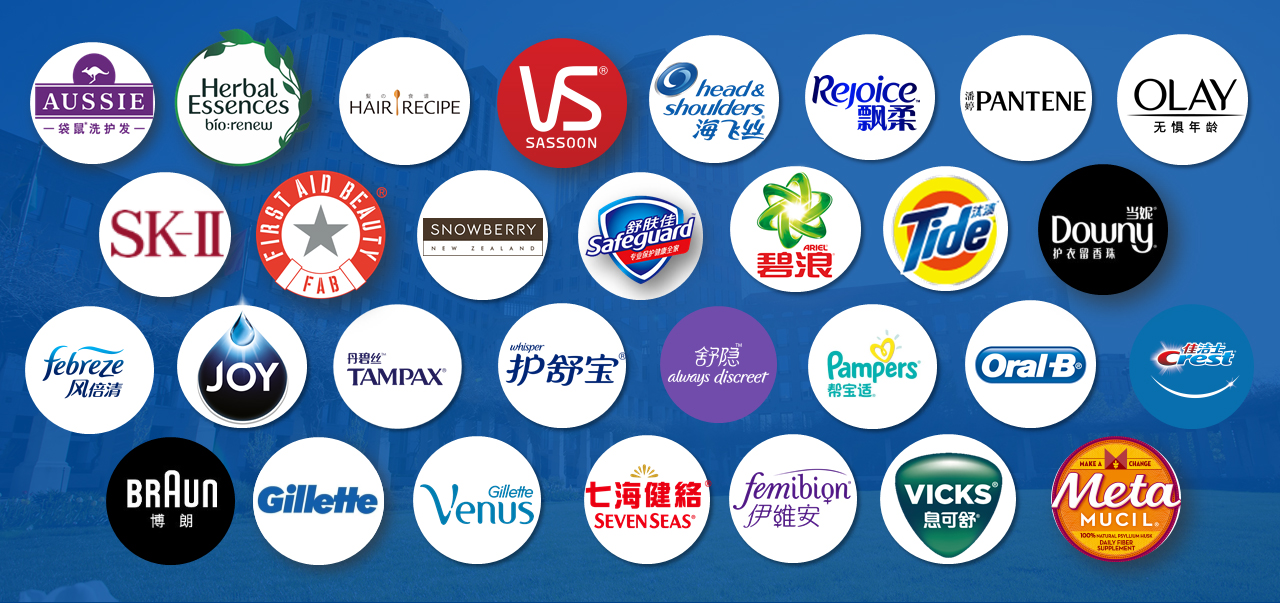Philips
Customer Background
Royal Philips of the Netherlands is a company focusing on diversified technology. It is a Fortune 500 company and one of the world's largest electronic brands. The company is committed to improving people's quality of life through major innovations in healthcare, quality life and lighting. Philips is a leader in many fields, including cardiac monitors, emergency care, home healthcare, energy-saving lighting solutions and new lighting applications, as well as men's shaving and grooming products, oral care products, etc.
Demand Analysis
Mixed production, difficult to set standards;
Massive production data, large workload for data maintenance;
Fake and shoddy products, cross-regional sales and other phenomena have seriously weakened the company's control over the channel;
It is difficult to distinguish between genuine and fake products, which reduces consumers' loyalty to the brand.
Solution Description
1. Product anti-counterfeiting:
Through the article number code and RFID tag, product anti-counterfeiting is achieved, key information such as raw materials, production, warehousing, logistics, etc. is monitored to prevent counterfeiting.
2. Channel distribution management:
An information platform shared by enterprises and external resources such as distributors, retailers, third-party logistics, consumers, etc., and data can be exchanged with ERP.
3. Supply chain collaboration system:
seamlessly connect all links, realize full-process material monitoring, full-process customer learning control, and reasonable allocation of funds.
4. Product traceability:
based on IoT technologies such as one product one code and big data, and commodity management, channel control, logistics control, alarm processing and other modules.
Main advantages
1. Through raw material and product label management, production process monitoring and two-way tracking of products and raw materials can be realized;
2. It can obtain product information in a timely and accurate manner, and control product quality through traceability management and control;
3. Use anti-counterfeiting labels as carriers to effectively curb counterfeit products;
4. Track and monitor product destinations throughout the process to prevent dealers from using one product one code for cross-regional sales;
5. Monitor dealer behavior throughout the process to effectively control product confusion in channel circulation and prevent price confusion;
6. Allow consumers to easily and quickly identify whether the purchased products are genuine, and improve brand loyalty and confidence.



Validate your login